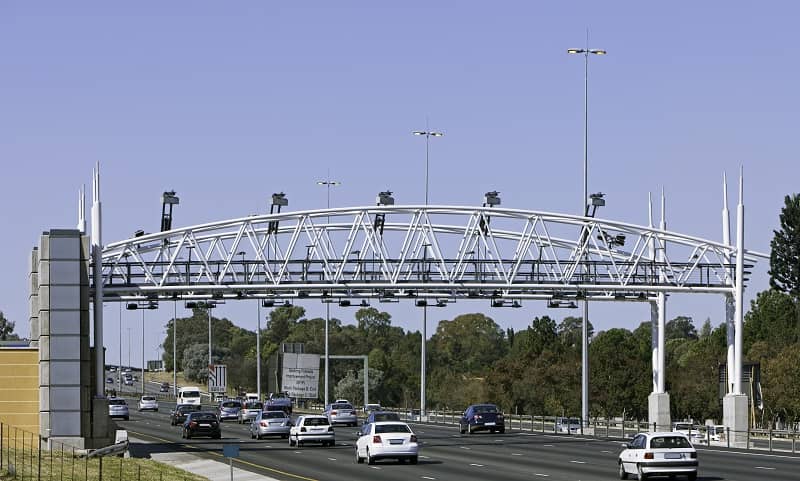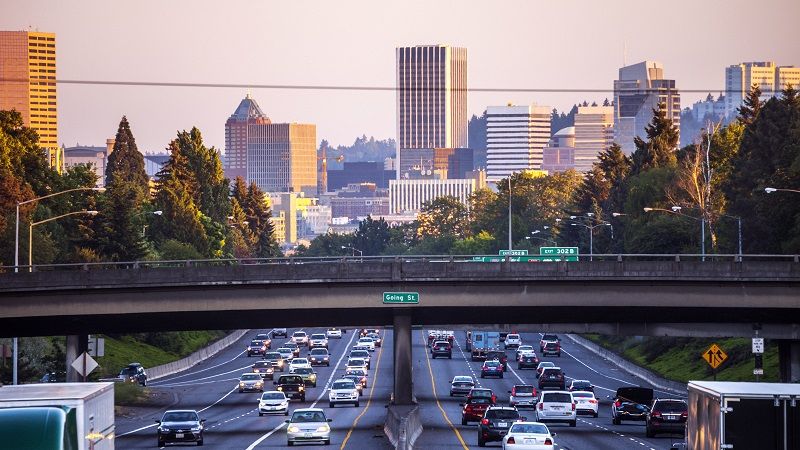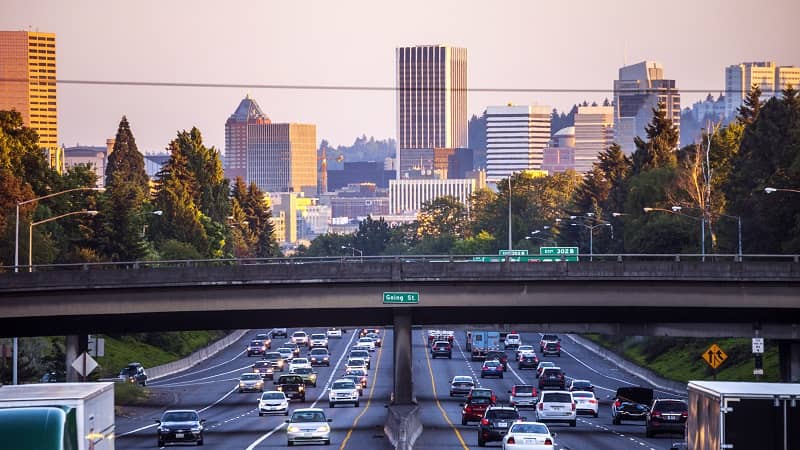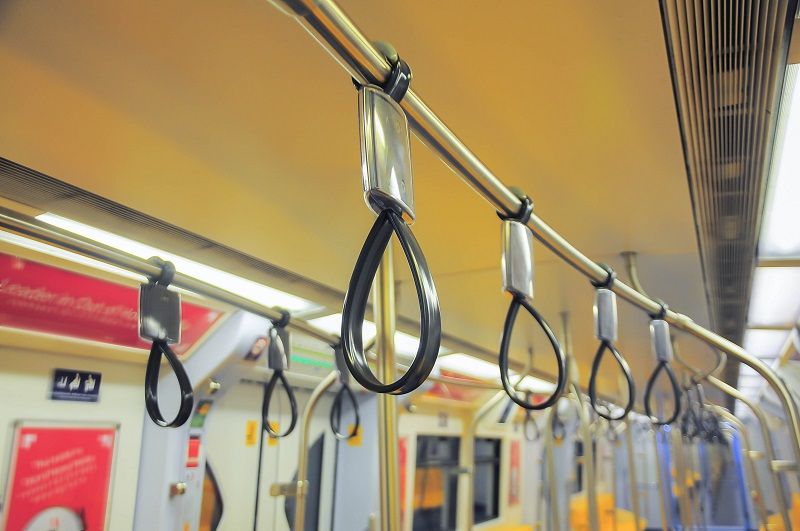

The I-5 Partnership, representing the states of Oregon and Washington, will adopt final recommendations this week for alleviating traffic problems on Interstate 5 between Portland and Vancouver. The recommendations cost over $2 billion, but will do little to actually improve traffic flow.
The primary reason is that nearly half the money will go towards construction of a light-rail loop in Clark County stretching from I-5 out to the Glenn Jackson Bridge. This will do nothing to solve the I-5 traffic problem, because surveys show that most vehicles are either passing through the Portland-Vancouver area, or are headed towards destinations immediately adjacent to I-5, such as Columbia Boulevard in North Portland or Kruse Way in Lake Oswego.
The I-5 corridor doesn’t need more light rail; it needs more highway capacity. The Partnership is proposing to solve a few of the problems by expanding the highway to 6 lanes near Delta Park, and recommending a new bridge over the Columbia River, but ignores the crowding problem in the Rose Quarter.
This oversight is not accidental. According to Metro Councilor Rod Monroe, the Partnership deliberately cut off the study area at the Fremont Bridge because Portland officials could not agree on what the policy objective should be on I-5 south of the Fremont. Some think the highway should be improved from four to six lanes, while others want to move I-5 away from the east bank of the Willamette River or tear it out entirely. This, of course, would completely overload I-405 on the west side, bringing traffic to a virtual standstill in Portland.
Perhaps that’s the real goal of planning in Portland.
© 2006, Cascade Policy Institute. All rights reserved. Permission to reprint in whole or in part is hereby granted, provided the author and Cascade Policy Institute are cited. Contact Cascade at (503) 242-0900 to arrange print or broadcast interviews on this topic. For more topics visit the QuickPoint! archive.











